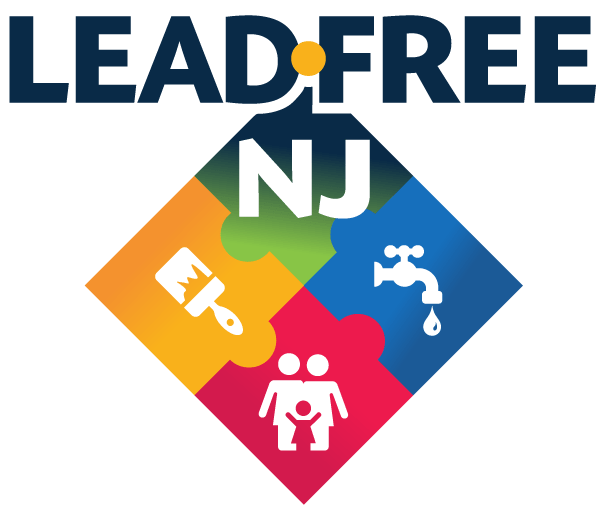Eliminating Lead Service Lines Yields Huge Benefits for Reducing Premature Cardiovascular Deaths
EPA has proposed improvements to the Lead and Copper Rule (LCR) to reduce lead in drinking water. The proposed rule would require utilities to eliminate the nation’s roughly 9.2 million lead service lines (LSLs) at an estimated cost of $2.1 to $2.9 billion per year.[1]
The socioeconomic benefits from the rule vastly outweigh the cost and range from $17.3 to $34.8 billion per year[2] – a whopping 8 to 12 times the annual cost of replacement.
Benefits By the Numbers
EPA evaluated the socioeconomic benefits of reductions in lead exposure for four health effects: intelligence quotient (IQ), Attention-Deficit/Hyperactivity Disorder (ADHD), low birth weight, and cardiovascular disease (CVD). About 75% of the benefits are from reduced CVD premature deaths due to exposure as an adult. About 23% are from improved IQ resulting in greater lifetime earnings.
The remainder is from fewer ADHD cases and fewer low birth weight cases in babies. While improved IQ has been used in federal lead-related rulemakings for more than a decade, this is the first proposed rule to quantify the benefits of reduced CVD premature deaths, ADHD cases, and low birth weight cases in babies.
Estimated National Monetized Annual Benefits – 3% Discount Rate (billions of 2022 USD)
| Annual Benefits | Low Estimate | High Estimate |
| Fewer low birth weight cases in babies | $0.007 | $0.006* |
| Fewer ADHD cases | $0.35 | $0.75 |
| Improved IQ | $4.6 | $6.7 |
| Reduced adult CVD premature deaths | $12.4 | $27.4 |
| Total Annual Benefits | $17.3 | $34.8 |
Based on the additional benefits from LCR revisions published Jan 2020 with compliance required in October 2024. *We do not yet know why this is lower.
Why It Matters
To create stronger, more protective chemical policies, it’s critical to calculate the socioeconomic benefits of reducing toxic chemical exposure. The federal government requires policymakers to carefully balance the costs and benefits of proposed rules, especially when the cost of implementation is expected to be significant.
While the compliance costs of a rule are commonly calculated, the benefits are often not documented sufficiently to allow most of them to be quantified. Cancer prevention is generally the one exception. As a result, rulemaking decisions routinely underestimate the socioeconomic benefits of new rules, which end up being less protective than they should be. For example, EPA’s only quantified benefit for lead-related rules is how much reducing childhood lead exposure improved lifetime earning benefits associated with greater IQs.
With the proposed improvements to the LCR, however, EPA has quantified the benefits in terms of reduced adult CVD premature deaths. Those benefits are almost three times greater than improved IQ. This sets a precedent that could allow EPA, OSHA, FDA, and other federal agencies to set stronger standards that could better protect Americans – both children and adults – from lead exposure.
Though they represent only 2% of the total estimated socioeconomic benefit, the quantified benefits of fewer ADHD cases and fewer low birth weight cases in babies could have additional impacts on lead-related rulemaking.
Our Take
In 2020, we used publicly available information from various EPA reports to calculate that every LSL replacement yields an estimated $22,000 in benefits from reduced CVD premature deaths – an impressive return on the investment of about $5,000 per line. This estimate was a key element in getting support from Congress and the Biden administration to dedicate $15 billion for LSL replacement programs in the Infrastructure Investment and Jobs Act (also referred to as the Bipartisan Infrastructure Law).
We applaud Bruce Lanphear and other researchers who conducted and published the rigorous analysis necessary to quantify the benefits of reducing lead exposure. We also applaud EPA for its decade of hard work to build a CVD model based on that research and go through the peer reviews necessary to convince the Office of Management and Budget that the benefits are tangible enough to shape rulemaking decisions.
Next Steps
We encourage EPA to consider this analysis in setting more protective standards to reduce lead air pollution and lead-based paint hazards. It may also be useful for other chemical exposures. In addition, we encourage OSHA to use the model to revise its thirty-year old worker protection standards and FDA to adopt strict standards for lead contamination in food for children and adults.
NOTES
[1] Based on 2022 USD and a 3% discount rate. The costs are $2.5 to $3.5 billion/year using a 7% discount rate. A discount rate is a means of estimating the current value of a future benefit or cost. The 7% is commonly used for investments by private capital, and the 3% for rate of return by consumers. For an analysis, see Resources for the Future.
[2] Based on 2022 USD and a 3% discount rate. The benefits are $9.8 to $20.9 billion/year using a 7% discount rate.
Download a PDF of this blog post. (159KB)
